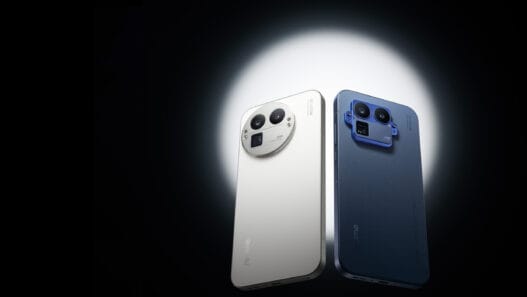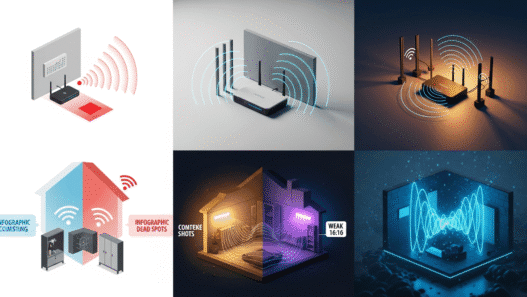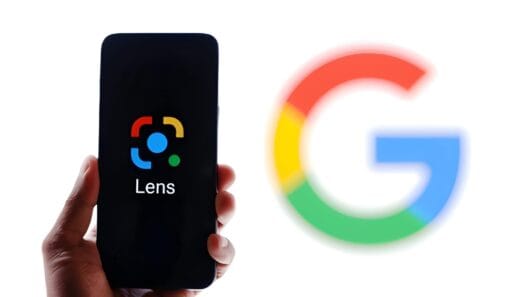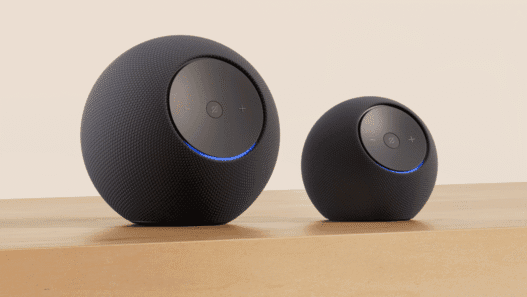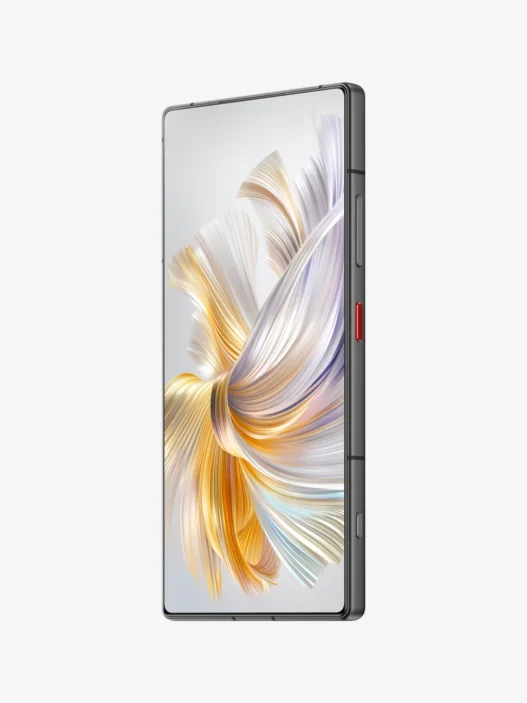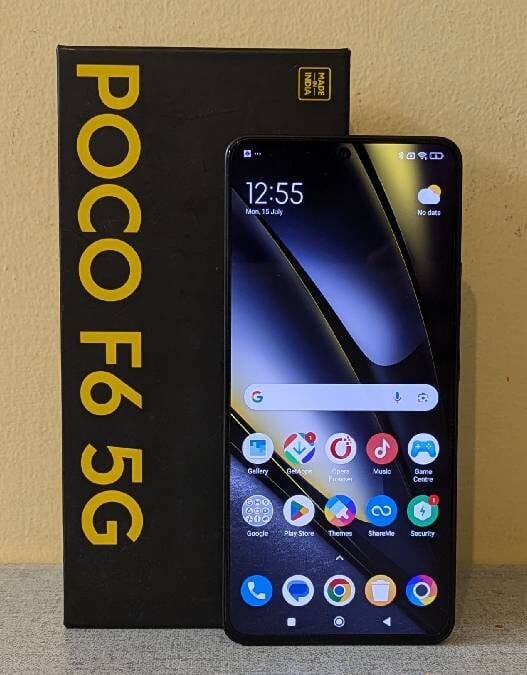This habit can deteriorate performance and cause major failures in the operation of the device, regardless of whether you use an Android or iOS mobile.
Table of Contents
The Phone Battery is, without a doubt, one of the most important components of any smartphone. Without it, it doesn’t matter how advanced your processor is or how good your camera is, because without power, your device is simply a piece of plastic and glass.
And that’s precisely why preserving the battery and extending its life has become one of the biggest concerns for users, since despite technological advances , its autonomy is still limited, especially if you use your device for demanding tasks such as recording video, watching series on streaming platforms or playing games.
These activities consume a huge amount of power , and if you’re on the go or away from home, you may find yourself checking your battery percentage more often than you’d like. To help you in those critical moments, phones have included a battery-saving mode feature for years.
It’s a tool that adjusts system performance to reduce energy consumption and gain a few extra minutes—or even hours—of use. But there’s a problem: more and more people keep this mode enabled all day, which is a serious mistake.

Why shouldn’t you always have Phone Battery-saving mode on?
Battery saver mode, also known as low power mode on some devices, is an option that reduces certain phone functions to extend battery life. It limits background activity, reduces processor speed, restricts animations, and disables non-essential functions. In theory, all of this helps your battery last longer.
But here’s the part many people overlook: this mode is intended for occasional use , not as a permanent setting. While it may seem harmless, having it enabled all the time can negatively impact both your phone’s performance and your user experience.
When you keep it active constantly, you’ll notice your phone slowing down. Apps take longer to open , transitions feel less fluid, and simple tasks like moving between apps can feel clunky. This is exacerbated if you use demanding apps, like games or video editors, where any performance drops are immediately noticeable.
Additionally, many apps—such as messaging, email, and browsing—rely on background processes to function properly. With battery saver enabled, you may experience unexpected pauses in streaming , issues with real-time location tracking, or delays in syncing files to the cloud.
Notifications may even arrive late or not appear at all if the app has been force-stopped by the system. Instead of helping you, you could end up checking your apps more often, forcing manual updates, or restarting services. And that, ironically, could consume even more power than if you didn’t have the mode enabled.
Also, although it may seem contradictory, constantly keeping your phone in power-saving mode can actually accelerate natural battery wear. This is because you’re forcing the system to work under limited conditions, which can lead to more frequent or less efficient charging cycles . So, you could be making a serious mistake by having this feature active all the time.

How to save Phone Battery life without sacrificing performance
If you feel like you’re constantly relying on battery-saving mode, it might be time to review how you use your phone. Instead of constantly limiting its functionality, you can opt for small adjustments that extend its battery life without compromising the user experience .
One of the first things you can do is reduce the screen brightness or activate automatic brightness, as this component is one of the main sources of energy consumption. It’s also a good idea to disable features like Wi-Fi , Bluetooth , and GPS when you don’t need them.
Similarly, checking battery consumption by app will help you identify which ones are draining power the fastest and assess whether you really need to keep them active or if you can replace them with more optimized ones.
Finally, if your phone has an OLED display , you can activate dark mode. This type of display consumes less energy by displaying dark colors, which means additional savings without you having to do much of anything.
Battery-saving mode can help you in certain situations, but it shouldn’t be your default setting. Your phone is designed to perform smoothly, and constantly limiting it only prevents you from enjoying its full potential.




